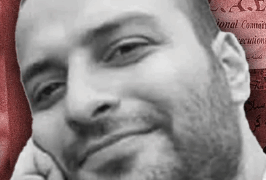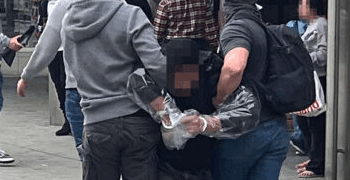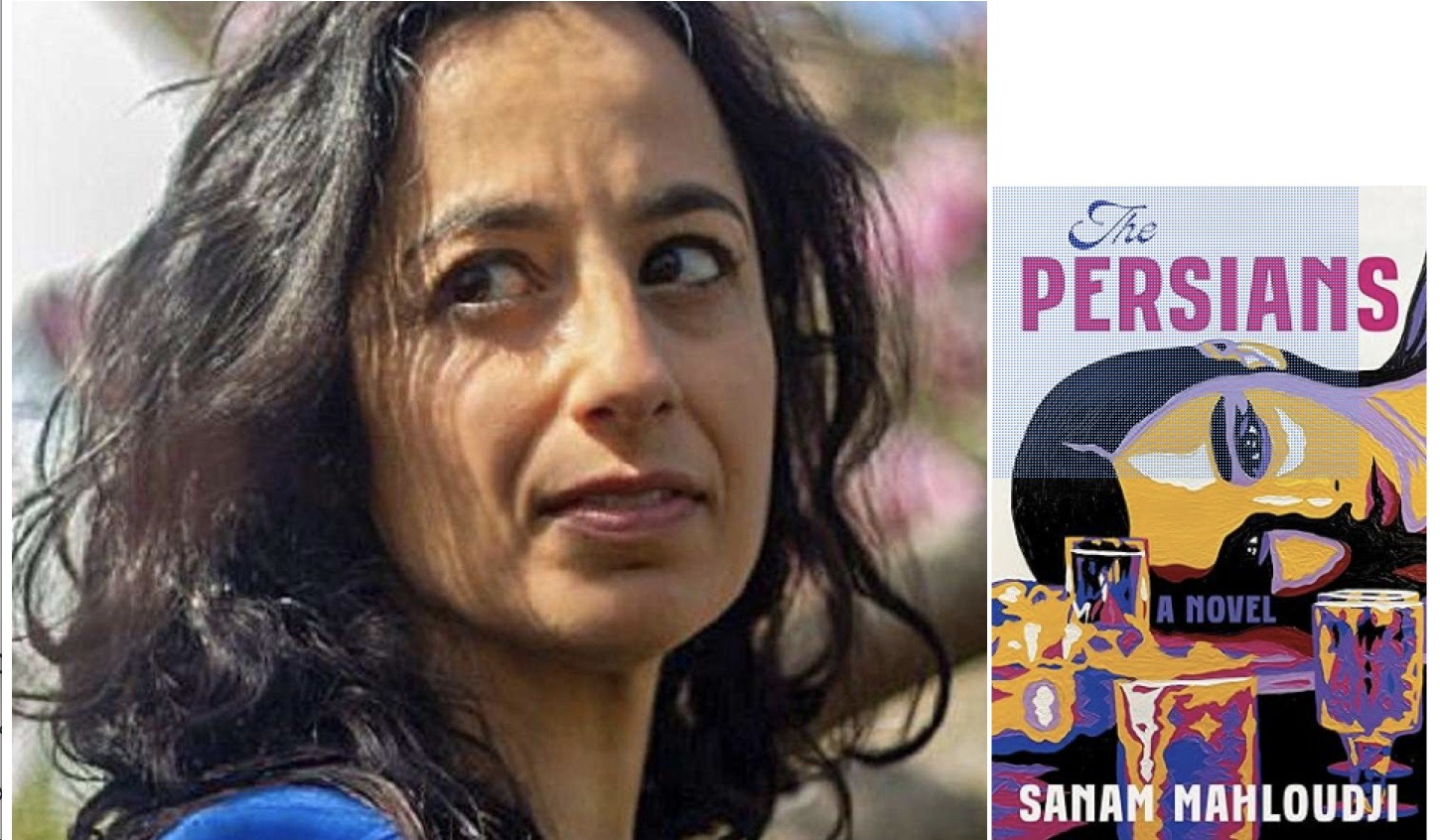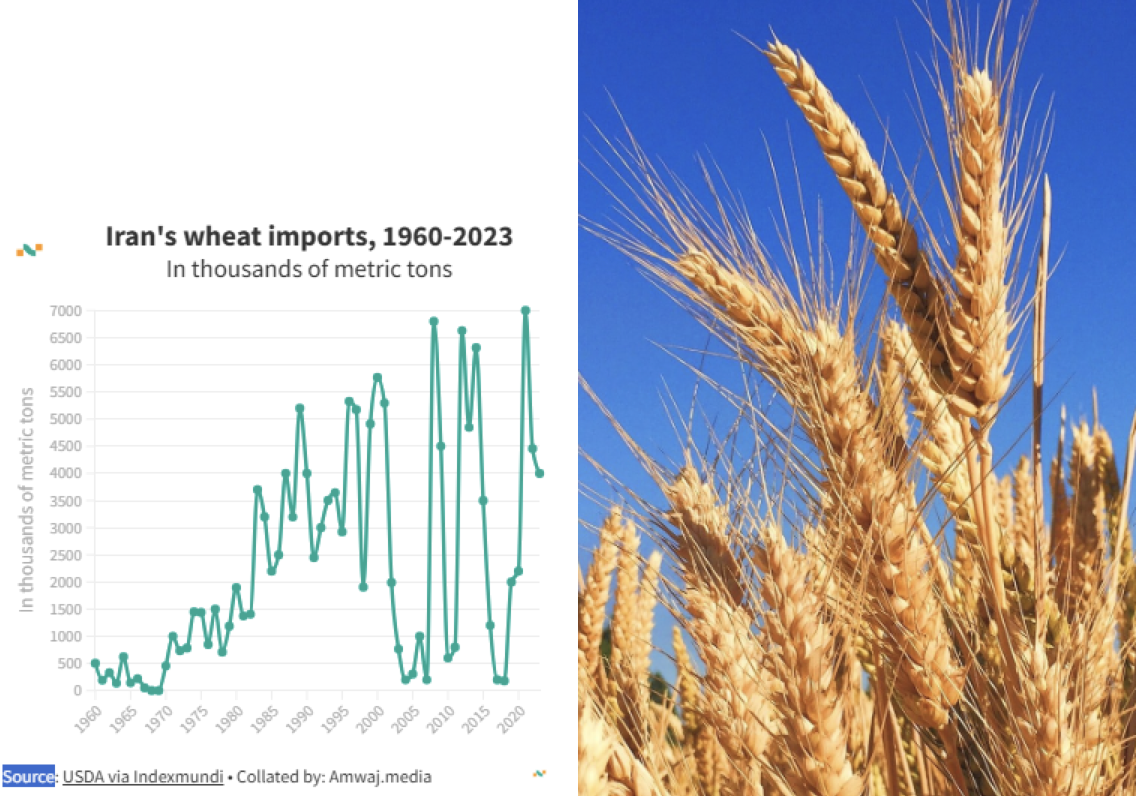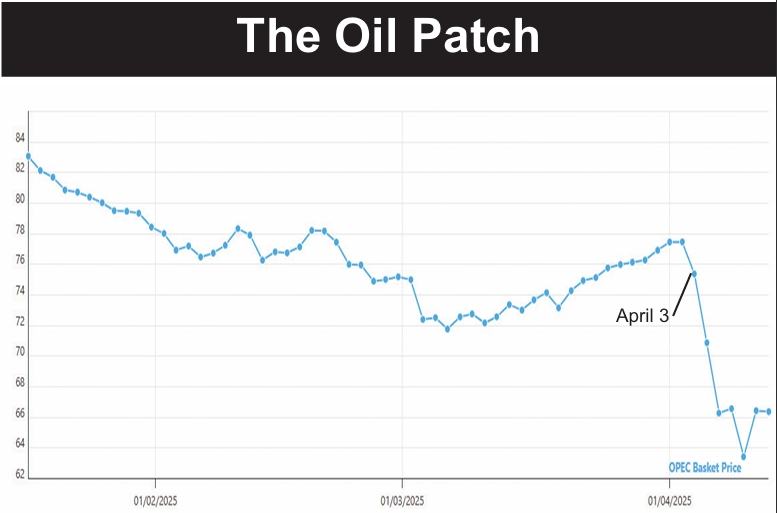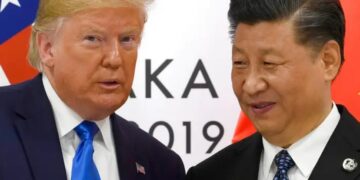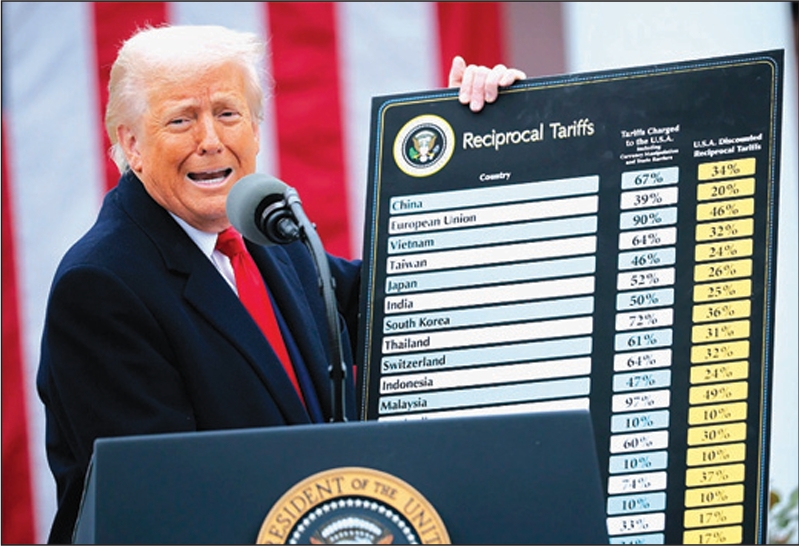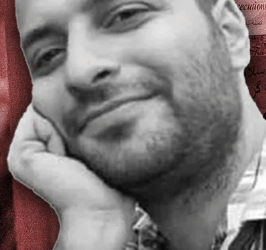clearly protesting the phasing out of subsidies are truck drivers, many of whom have gone on strike to object to a 22-fold hike in the price of diesel fuel.
Across Iran, the shift from subsidies to welfare payments that started December 19 has elicited remarkably little public reaction.
There have been no reports of any public protests or strikes, apart from those by the truck drivers.
Majlis deputies, clearly muzzled by orders from the Supreme Leader’s office, have not uttered a word of opposition. Some deputies have spoken critically, but only in private without allowing their names to be quoted. The silence indicates a very intense effort by the regime to stifle opposition.
The media are bereft of any criticisms as well. Overnight, the most controversial of public policies has become the least controversial—at least so far as what is allowed to appear in public would indicate.
The media are also silent about the truck drivers. But the truck drivers are not marching. Their protest is silent. They have simply stopped driving in the face of diesel prices that went from 6 cents a US gallon December 18 to $1.32 on December 19, a 22-fold increase.
How many drivers are striking is unknown. The main evidence of the strike is the quiet that surrounds the Tehran truck terminal at Akbarabad, which is usually a beehive of activity.
Farhad Gholizadeh of the Tak Tarabar Transport Co. told The Washington Post he had never seen the Akbarabad terminal so quiet and empty. “The government has given small, cheaper rations [of fuel] depending on the type of truck, but they quickly run out,” he said. “Most of the drivers have pulled up their hand brakes and stopped working until they are allowed to increase their prices.”
But it is just such inflation-fueling price hikes that the government seeks to avert.
Mohammad Arjomandi, the manager of one transport firm in Tehran, said at least half of the country’s truck drivers were not working a few days after the price hike. He said those who were working had arbitrarily and illegally raised their fees by around 40 percent.
A statistic released by the government suggested the strike was even larger than these men said. Bijan Haj-Mohammad-Reza, head of the national gasoline station syndicate, told the Ayandeh website that diesel sales the day after the price hike were down 73 percent.
The drivers’ strike could fuel inflation in and of itself. As the distribution of commodities is reduced, the logical result is a sudden jump in prices.
The government denied there was any strike whatsoever. Mohammad Ruyanian, chief of the government’s fuel management office, told the Iranian Student News Agency that only 60 drivers refused to work the first day that prices went up. He said that out of 2,500 calls issued for trucks since the hike, only nine were not filled.
But people handling the transport needs of businesses said there was obviously a strike as they simply could not get the trucks to come for the pickups they had ready. Still, one manager questioned whether the strike would last long, noting that many truckers have to pay monthly installments on their rigs.
The 22-fold hike in diesel prices appears to be the largest price hike, so far, in the shift away from subsidies.
Other prices have gone up. When the first price hikes took effect December 19, a number of officials said the bread price was not changing. And they didn’t change—until two days later on December 21, when they tripled, the Fars news agency reported.
The leaders of the Green opposition movement, Mir-Hossain Musavi and Mehdi Karrubi, said the lifting of sanctions should not have been implemented now when the country is facing sanctions, high unemployment and recession. But the men did not criticism the policy of eliminating subsidies, just the timing.
Among the educated establishment there is almost universal agreement that subsidies distort the economy and are bad for Iran in the long run. But before President Ahmadi-nejad, no political leader was prepared to bite the bullet and actually institute the shift away from subsidies.


